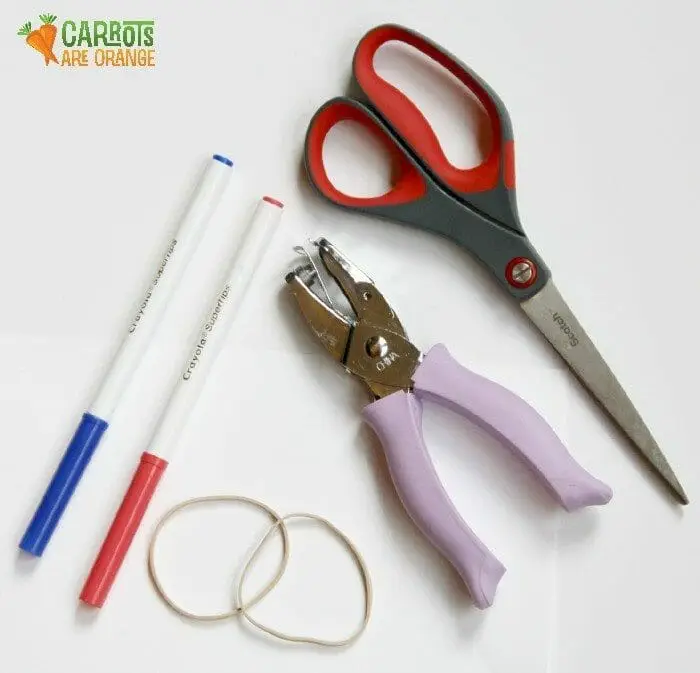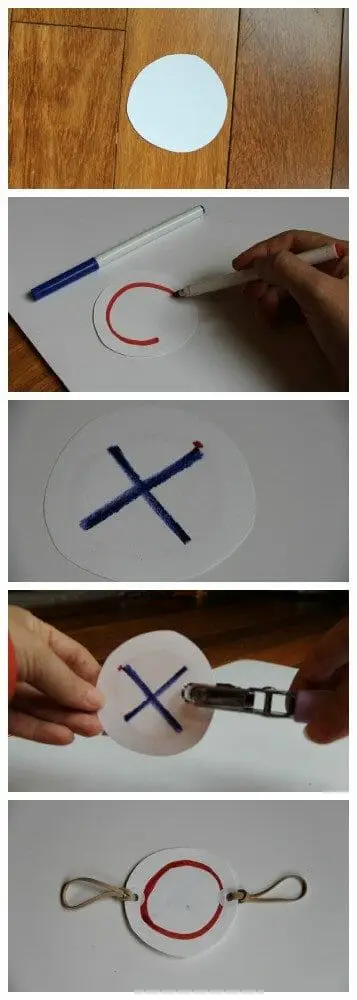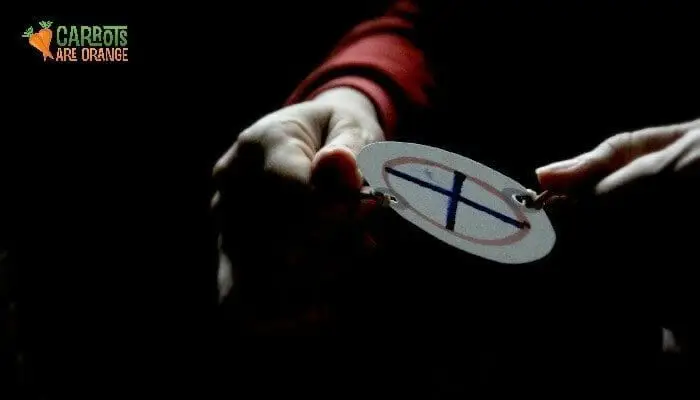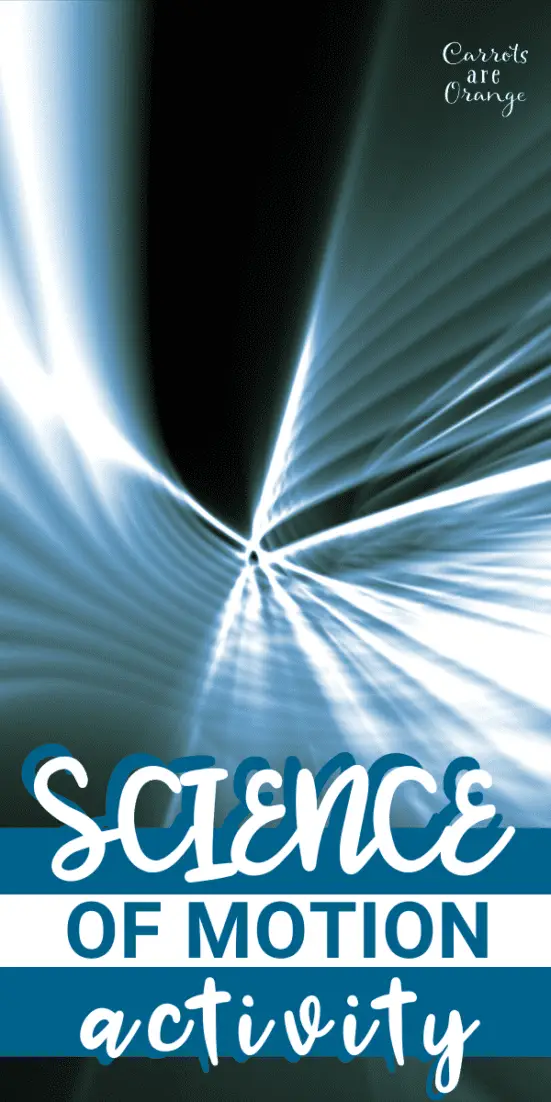Learn how movies are made with this easy motion science experiment. My sons have been on a “how does this work?” kick. Honestly, I love the curiosity and inquisitive nature. I want to encourage the inquiry.
Plus I always learn a ton when I don’t know much about the topic. This easy motion science experiment was one answer to “how do movies get onto a screen?” Kids are fascinated with motion science. This simple science of motion activity will ignite their desire to want to learn more!
Easy Motion Science Experiment

Materials Needed
- paper
- scissors
- two rubber bands
- paper hole punch (or sharp object to punch a hole through paper)
- a blue and a red marker

Step By Step Approach to this Science Activity
- cut out a circle from the paper
- mark a blue x of one side and a red circle on the other side
- punch two holes on opposite sides of the circle
- lace a rubber band through the hole and then itself to secure
- do the same with the second rubber band on the other side of the circle
- pull/hold the rubber hands out extended from both sides
- twist the rubber bands
- let bands untwist
- observe

Science Questions
- What do you think we’ll see when we let go of the twisted bands?
- Why does only one image appear to your eye?
- How do you think animation works?
What is Motion Science?
In physics, the change in position of an object with respect to its surroundings in a given interval of time is the definition of motion. An object’s motion cannot change unless it is acted upon by a force, as described. Momentum is a quantity which is used for measuring the motion of an object.
Our eyes are actually quite slow relatively when it comes to seeing. When we “flash” images quickly, our brain can’t process them that quickly so our eyes see one image. The brain cheats and combines the images. Animation works in a similar way but with sequential images.
Great experiments and projects stem from this simple science of motion activity. A wonderful way to introduce pixels to kids is by studying digital image creation.

